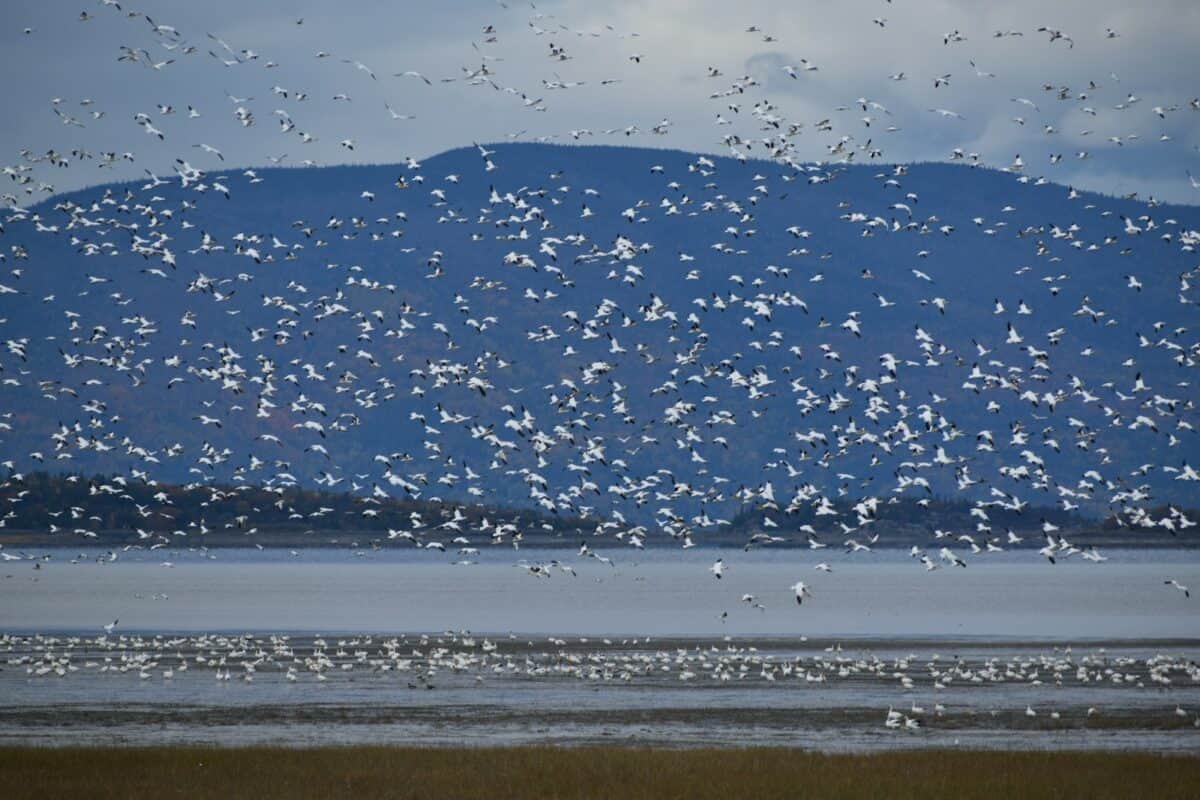In the vast expanse of our planet, birds perform some of the most remarkable feats of navigation known in the animal kingdom. From Arctic Terns traveling 44,000 miles annually between poles to homing pigeons returning to their lofts from unfamiliar territories, avian navigation abilities have fascinated humans for centuries. Unlike us, birds don’t rely on GPS devices, smartphone apps, or paper maps to find their way. Instead, they’ve evolved sophisticated biological systems that allow them to navigate across continents, oceans, and deserts with astonishing precision. This article explores the incredible methods birds use to navigate without maps, revealing the complex capabilities that enable these remarkable journeys through our skies.
The Marvel of Bird Migration

Bird migration represents one of nature’s most impressive phenomena. Each year, billions of birds undertake journeys spanning thousands of miles, often returning to the exact same locations year after year. The Bar-tailed Godwit holds the record for the longest non-stop flight, traveling over 7,500 miles from Alaska to New Zealand without a single break for food or rest. Even more remarkably, juvenile birds of many species can navigate to wintering grounds they’ve never visited before, without the guidance of experienced adults. This innate ability to navigate across vast distances without maps or human technology demonstrates sophisticated biological mechanisms that scientists are still working to fully understand. Migration isn’t simply random wandering—it’s a precisely orchestrated journey guided by multiple complementary navigation systems working in concert.
The Sun as a Compass

Birds use the sun as one of their primary navigational tools, essentially turning our nearest star into a reliable compass. Research has demonstrated that many birds possess an internal clock that allows them to compensate for the sun’s movement across the sky throughout the day. This “time-compensated sun compass” means a bird can maintain a consistent heading regardless of the time of day. Scientists have confirmed this through clever experiments where birds in controlled environments were exposed to artificially shifted day-night cycles. When released, these birds flew in directions that deviated precisely according to their shifted internal clocks, proving the connection between their time sense and solar navigation. Even on partially cloudy days, birds can use small patches of visible sky to determine the sun’s position and maintain their course.
Navigating by the Stars
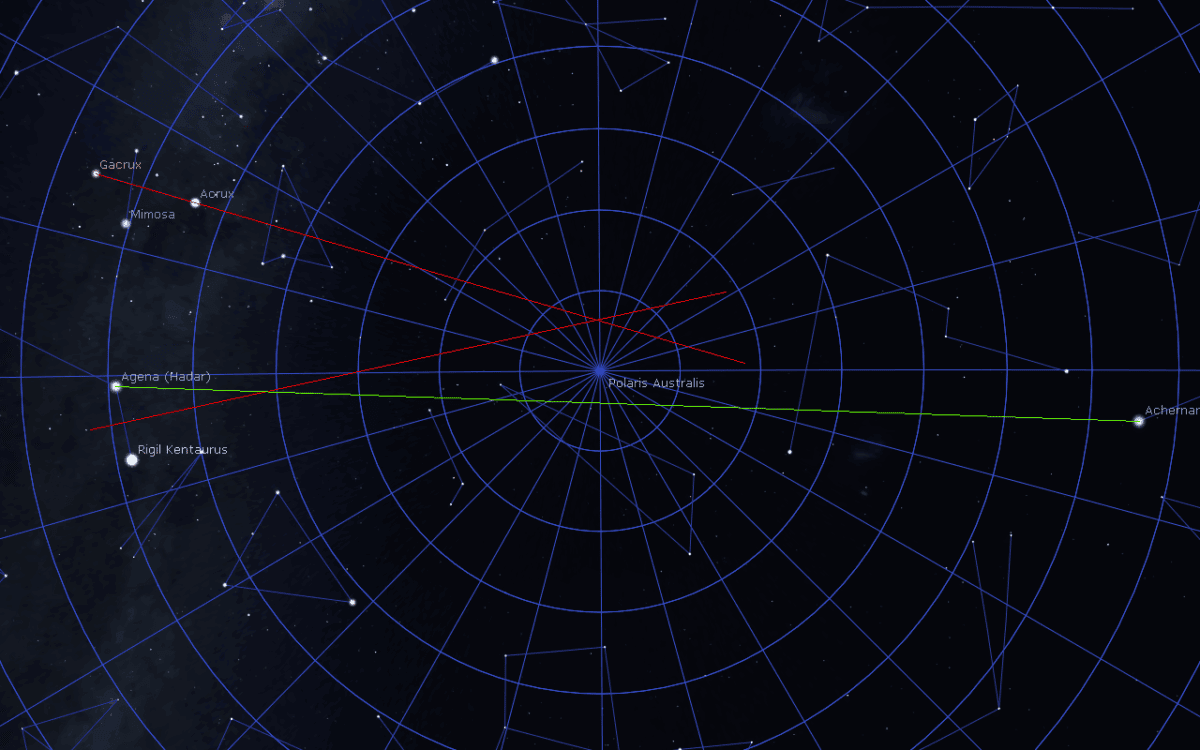
When darkness falls, many nocturnal migrants switch to celestial navigation using the stars. Studies have shown that birds can identify specific star patterns and, most importantly, locate the celestial pole—the point around which the night sky appears to rotate. This provides them with a fixed reference point similar to how human sailors traditionally used the North Star. Remarkably, young birds seem to learn star patterns during their early development. Research with indigo buntings in planetariums demonstrated that birds raised seeing a stationary sky failed to develop proper orientation abilities, while those exposed to naturally rotating star patterns developed normal navigation skills. Some species may even create mental star maps of sorts, memorizing the positions of constellations relative to the celestial pole to maintain their bearing through the night.
Earth’s Magnetic Field Detection
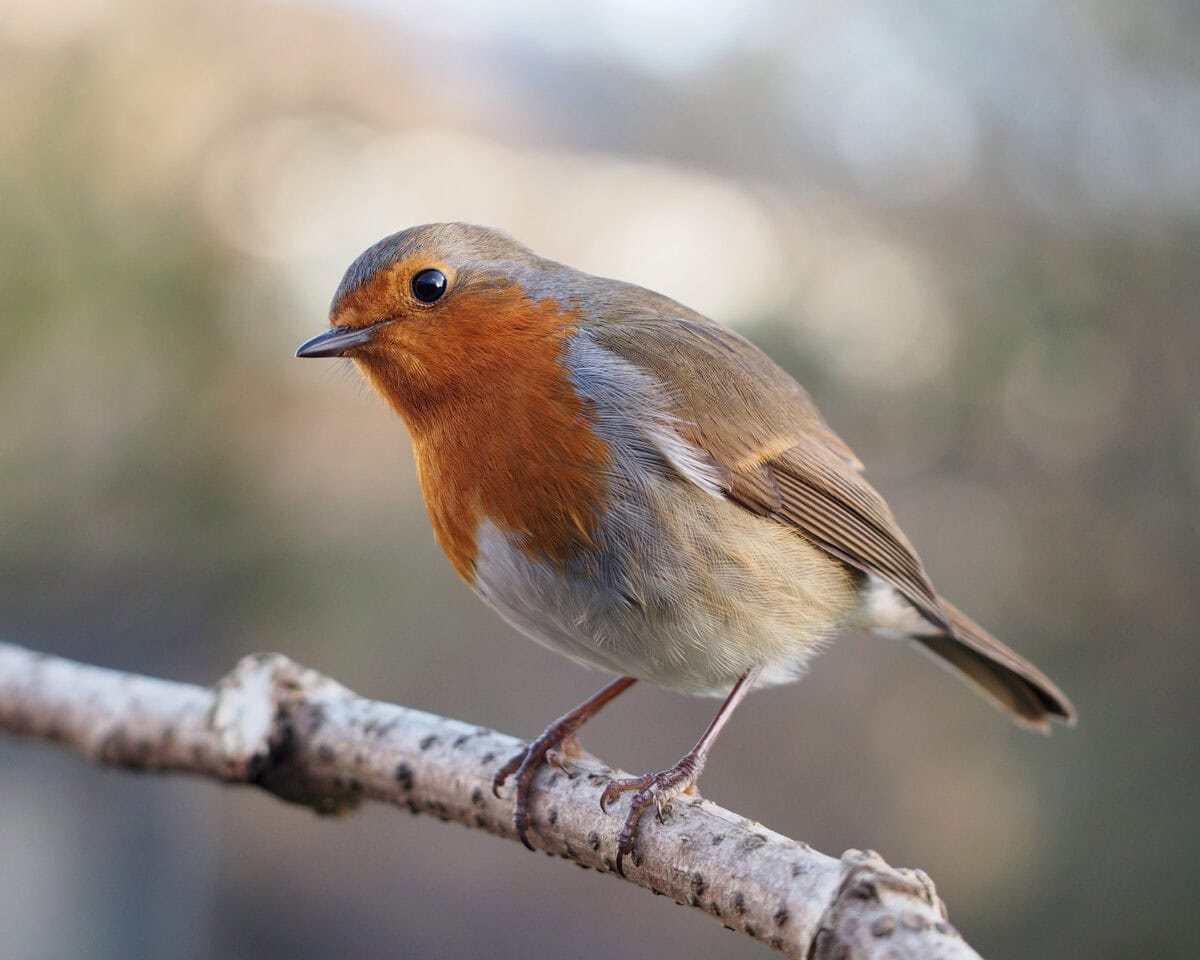
Perhaps the most extraordinary navigation tool in a bird’s arsenal is magnetoreception—the ability to detect Earth’s magnetic field. This invisible force field provides birds with information about direction, and possibly even their position on the globe. Scientists currently recognize two potential mechanisms for avian magnetoreception. The first involves magnetite, tiny magnetic minerals found in birds’ beaks and inner ears that may function like microscopic compass needles. The second, more complex system relies on special light-sensitive proteins called cryptochromes in birds’ eyes. When struck by blue light, these proteins form chemical pairs with properties that are affected by magnetic fields, potentially creating a visual representation of magnetic field lines that birds can “see.” Research on European robins has shown they can detect both the inclination (angle) and intensity of magnetic fields, information that could provide both directional guidance and approximate latitude.
Visual Landmarks and Memory
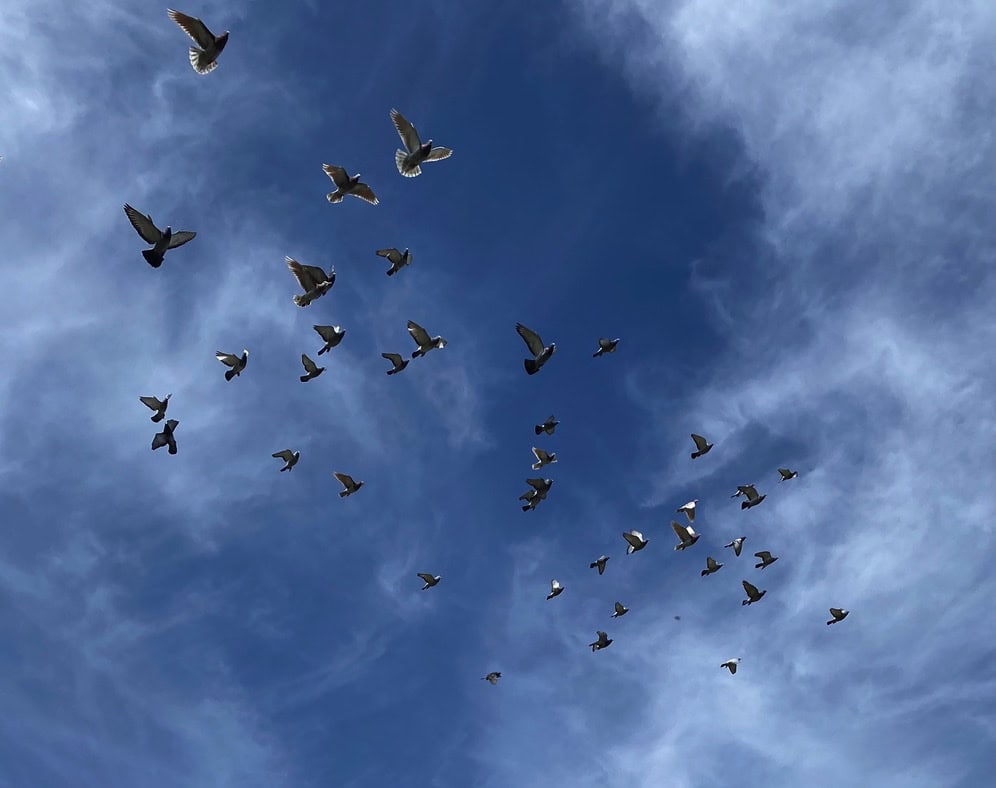
Despite their advanced biological compasses, birds don’t ignore the landscape below them. Visual landmarks play a crucial role in avian navigation, particularly for shorter distances or familiar territory. Birds possess excellent vision and remarkable spatial memory, allowing them to recognize and remember key geographic features like mountains, rivers, coastlines, and even human structures. Homing pigeons, for instance, have been shown to follow highways and take specific turns at recognizable intersections when returning to their lofts. Research using GPS tracking has revealed that experienced migratory birds often follow the same precise routes year after year, suggesting they’re recognizing familiar landmarks along the way. This visual navigation becomes particularly important during the final approach to nesting or feeding grounds, where pinpoint accuracy is essential.
Olfactory Navigation
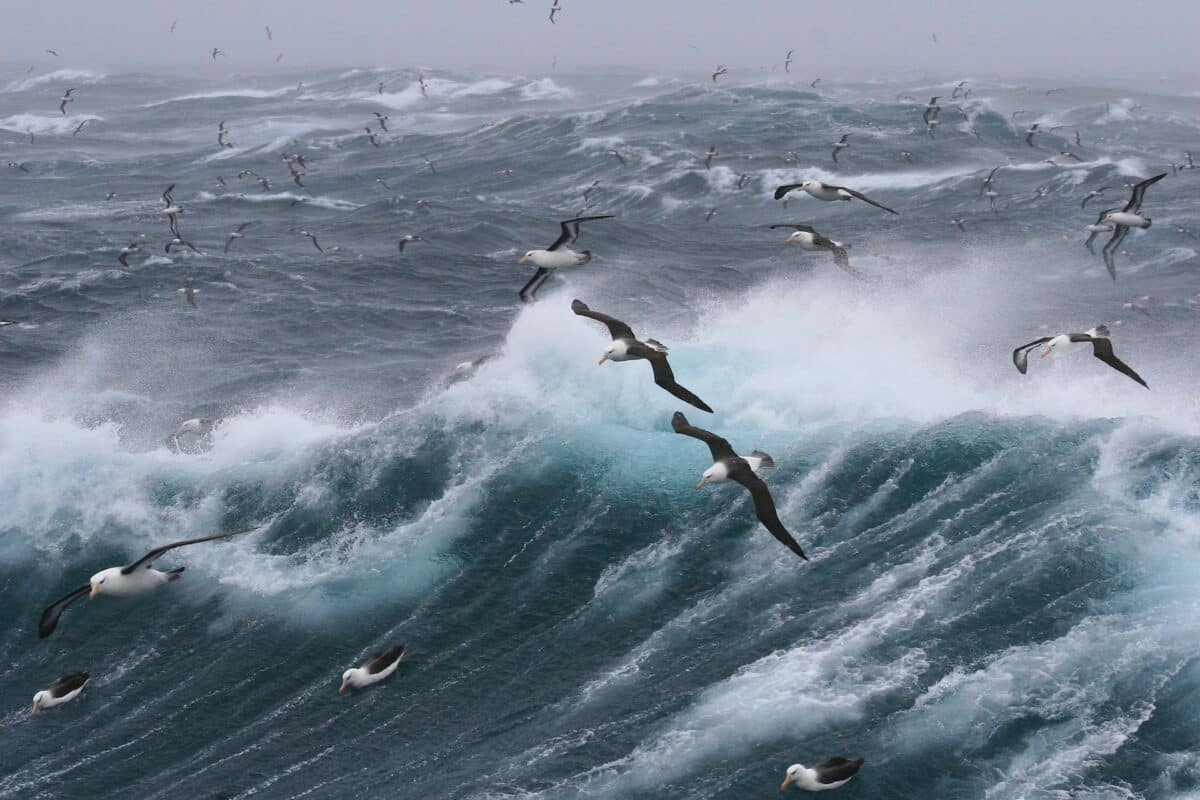
The sense of smell, long underestimated in birds, has emerged as another important navigational tool for some species. Seabirds like albatrosses and petrels, which navigate vast featureless oceans, appear to create “olfactory maps” by detecting airborne chemicals that vary across marine environments. Similarly, homing pigeons’ navigation abilities are significantly impaired when their sense of smell is blocked. Scientists believe birds may detect subtle differences in plant, soil, or water odors that vary geographically, creating olfactory landmarks. In a particularly fascinating study, researchers showed that pigeons raised in one location were confused when released from areas where prevailing winds carried unfamiliar odors, but performed well when winds brought familiar scents from their home direction. This suggests that birds may learn to associate particular smells with specific geographic locations, essentially creating an invisible aromatic map.
Infrasound Perception

Birds may also navigate using sounds humans cannot hear. Infrasound refers to extremely low-frequency sound waves below 20 Hz—below the threshold of human hearing but detectable by many birds. These low-frequency sounds can travel thousands of miles, generated by sources like ocean waves hitting coastlines, wind moving over mountain ranges, or even distant storms. Since these sounds are consistent and geographically specific, they could provide reliable acoustic landmarks. Pigeons, for instance, appear disoriented when tiny microphones block their ability to detect infrasound. Researchers believe that birds might create an “acoustic map” of these persistent environmental sounds, allowing them to identify their relative position based on the intensity and direction of these inaudible signals. This could be especially valuable when visual cues are obscured by darkness or poor weather conditions.
Polarized Light Detection
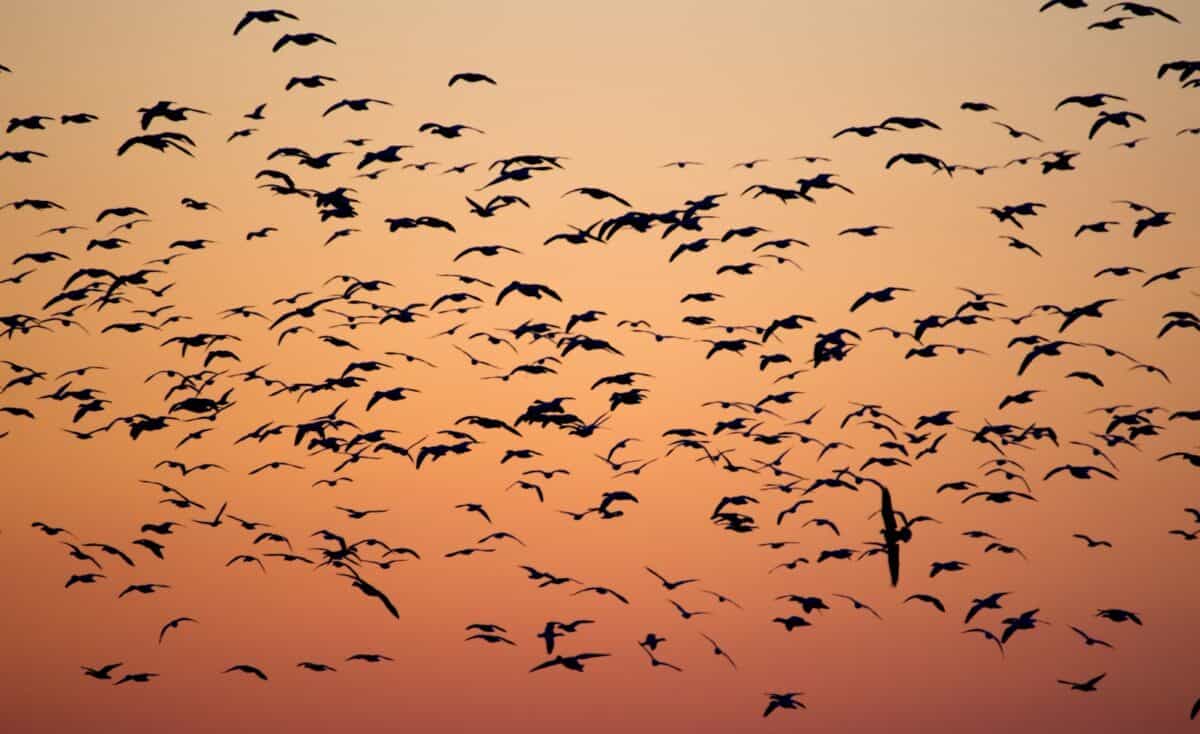
Sunlight becomes polarized when scattered by the atmosphere, creating patterns invisible to humans but detectable by birds. This polarization creates a consistent pattern across the sky that changes predictably with the sun’s position. Birds can perceive this polarized light thanks to specialized photoreceptors in their retinas, giving them an additional navigational reference even when the sun itself is obscured by clouds. Experiments have shown that birds can orient correctly using only small patches of blue sky, suggesting they’re reading these polarization patterns. This ability is particularly useful during dawn and dusk—prime migration times—when polarization patterns are strongest. For birds migrating at high latitudes where summer days are extremely long, polarized light navigation allows them to maintain their heading even when the sun never fully sets, providing a 24-hour navigational reference.
Innate Directional Preferences
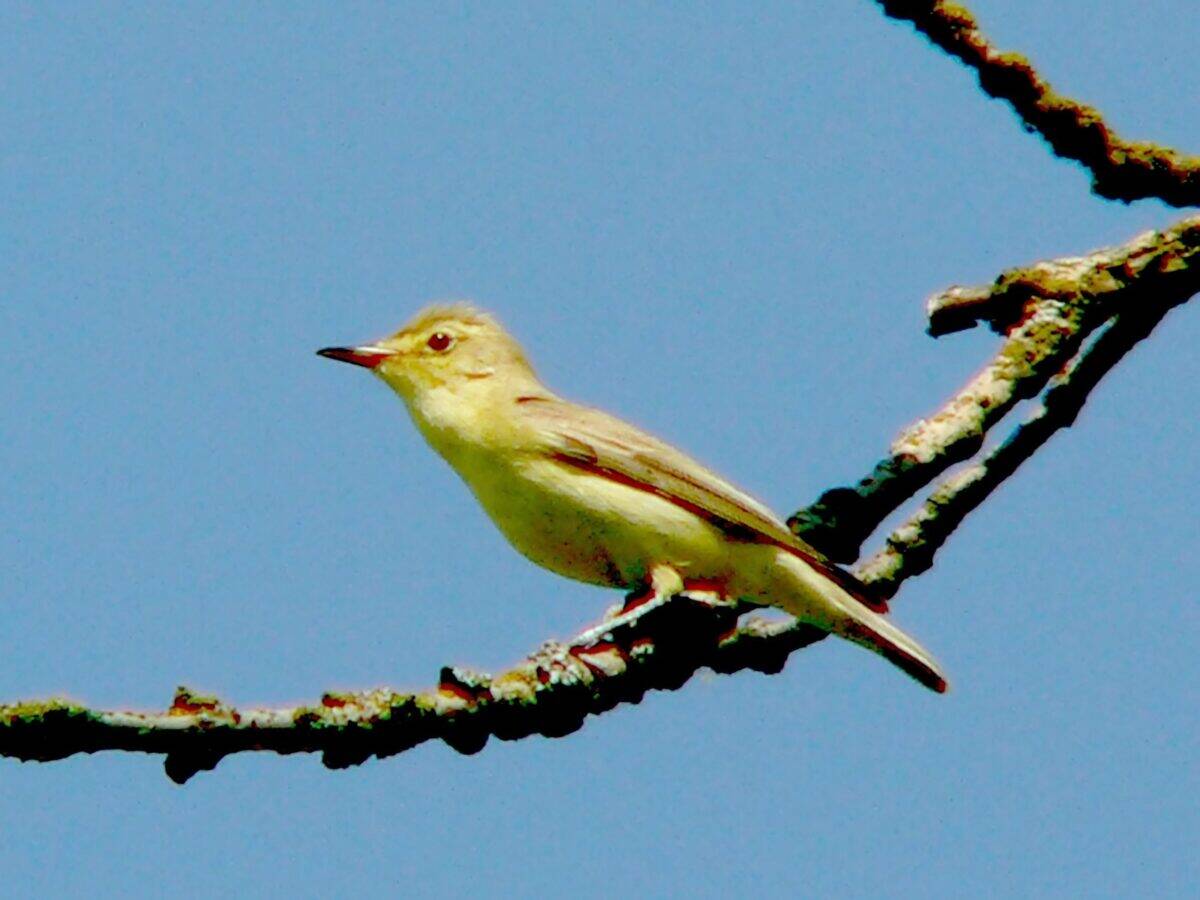
Many migratory birds appear to hatch with an innate sense of which direction they should fly during migration season—a kind of biological programming that points them in the right general direction. This innate directional preference has been demonstrated in numerous laboratory studies where birds kept in isolation from birth still attempted to move in the appropriate migratory direction for their species when the season arrived. For instance, European warblers instinctively orient southward in autumn even if raised without experienced adult guidance. This genetic programming provides the initial bearing for first-time migrants, which they then refine using other navigational systems. Scientists believe these innate directional preferences are calibrated during early development based on the bird’s hatching location, possibly using cues like the Earth’s magnetic field to establish their “home” coordinates.
Barometric Pressure Sensitivity

Birds possess remarkable sensitivity to changes in barometric (atmospheric) pressure, which helps them anticipate weather patterns and adjust their migration timing accordingly. Research has shown that many species can detect pressure changes as small as 1 millibar—a level of sensitivity that allows them to predict approaching storms or favorable tailwinds before any visible weather changes occur. This ability serves both as a safety mechanism and a navigation aid. Birds typically avoid launching long migratory flights when pressure readings indicate incoming storms, and they often take advantage of the tailwinds that follow cold fronts to reduce energy expenditure during migration. Some studies suggest birds may even use predictable pressure patterns associated with certain geographic features, like mountains or coastlines, as additional navigational references when other cues are limited.
Integrated Navigation Systems

Perhaps the most remarkable aspect of avian navigation isn’t any single method, but how birds integrate multiple navigational systems simultaneously. Rather than relying exclusively on one sense, birds use a hierarchical and redundant approach that allows for error correction and adaptation to changing conditions. When visibility is good, visual landmarks might take precedence; when clouds obscure the sun, magnetic sensing becomes more important; if magnetic anomalies occur, star navigation can compensate. This integration happens in specialized brain regions, particularly the hippocampus, which is proportionally larger in migratory species than in non-migratory relatives. Experiments disrupting individual navigation systems rarely completely disorient birds, indicating this built-in redundancy. This sophisticated ability to cross-reference multiple positioning systems explains how birds maintain such extraordinary navigational precision despite varying environmental conditions.
Learning and Experience in Navigation

While many aspects of bird navigation are innate, experience and learning play crucial roles in refining these abilities. First-time migrants typically make more navigational errors and take less efficient routes than experienced birds. Studies using GPS trackers have shown that migration routes become increasingly precise and efficient with each passing year as birds learn to recognize landmarks, optimize fuel consumption, and avoid hazards. Social learning is also important for many species, as young birds often migrate in flocks containing experienced individuals who help guide the journey. Even innate navigation systems appear to undergo calibration during critical periods in development. For instance, young birds exposed to artificially shifted magnetic fields during a sensitive period will recalibrate their magnetic compass, suggesting a period when their navigation systems are being “programmed” based on local conditions.
The navigation abilities of birds represent one of the most sophisticated orientation systems found in nature, combining innate programming with learned experience and integrating multiple sensory inputs into a unified navigational understanding. As we’ve discovered, birds don’t rely on a single method but rather employ a suite of complementary techniques that provide redundancy and adaptability in varied conditions. From detecting Earth’s magnetic field and reading celestial cues to recognizing landmarks and sensing infrasound, birds possess navigation capabilities that humans have only recently matched with advanced technology. Understanding these remarkable abilities not only deepens our appreciation for these feathered travelers but also provides insights that continue to inspire human navigation technologies and conservation efforts aimed at protecting crucial migratory corridors. As our scientific understanding advances, the age-old mystery of how birds navigate without maps continues to reveal nature’s extraordinary evolutionary ingenuity.
- How These Tiny Fish Outsmart the Ocean’s Deadliest Predators - August 22, 2025
- Do Cats Actually Miss You When You’re Gone? - August 22, 2025
- The Science Behind Bird Migration and How You Can Help - August 22, 2025

